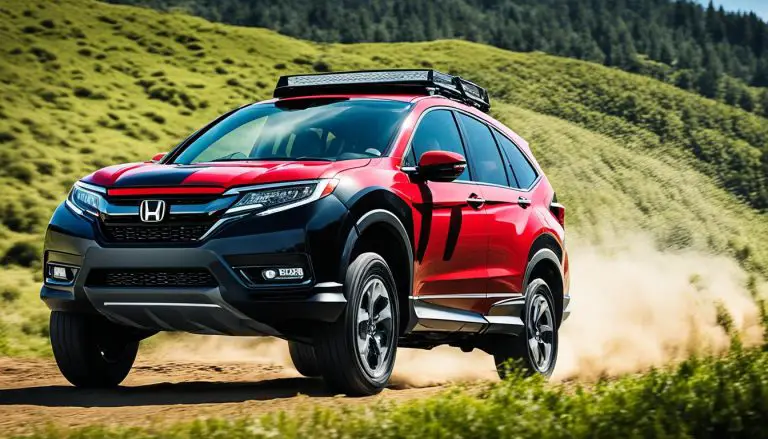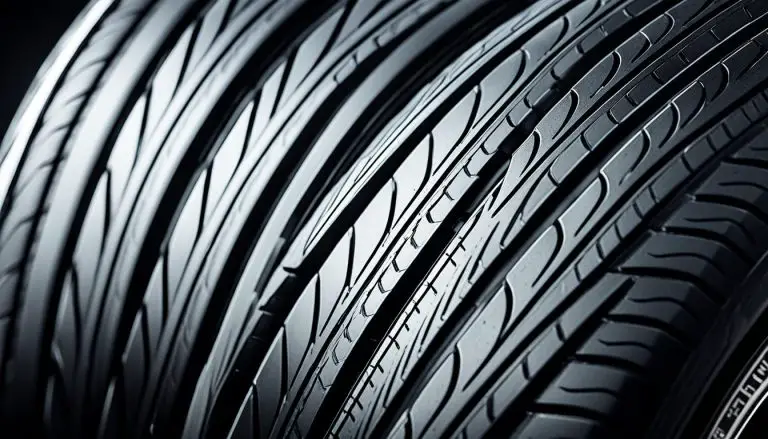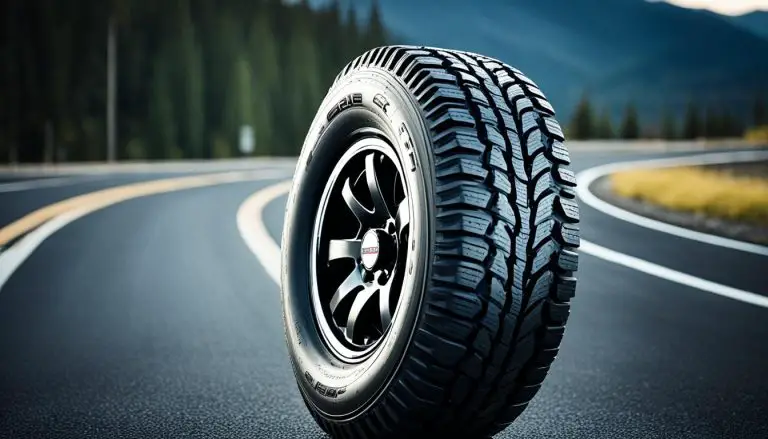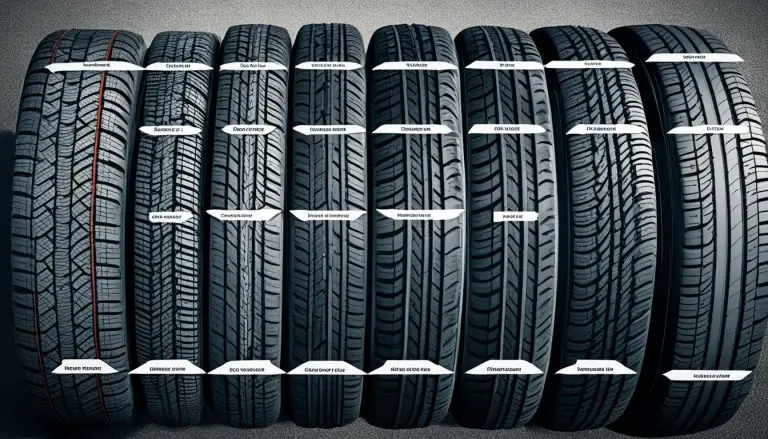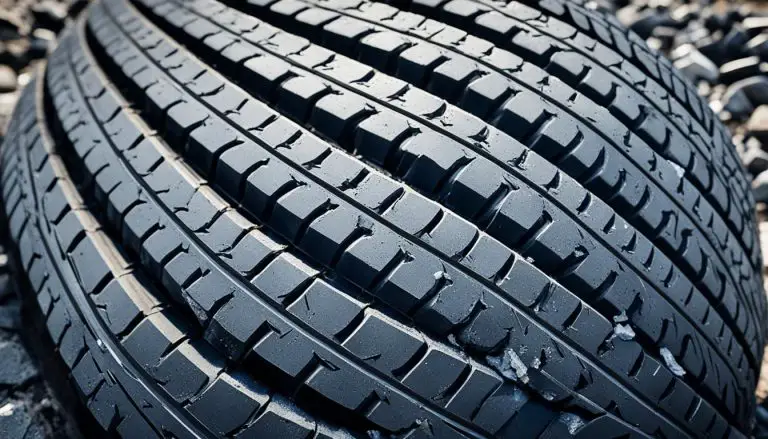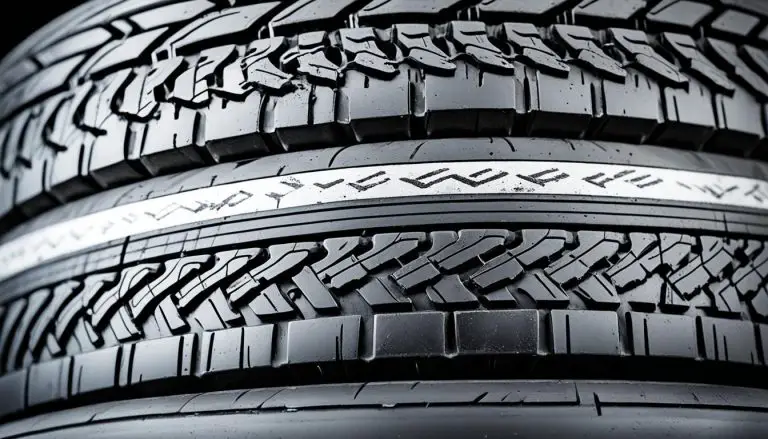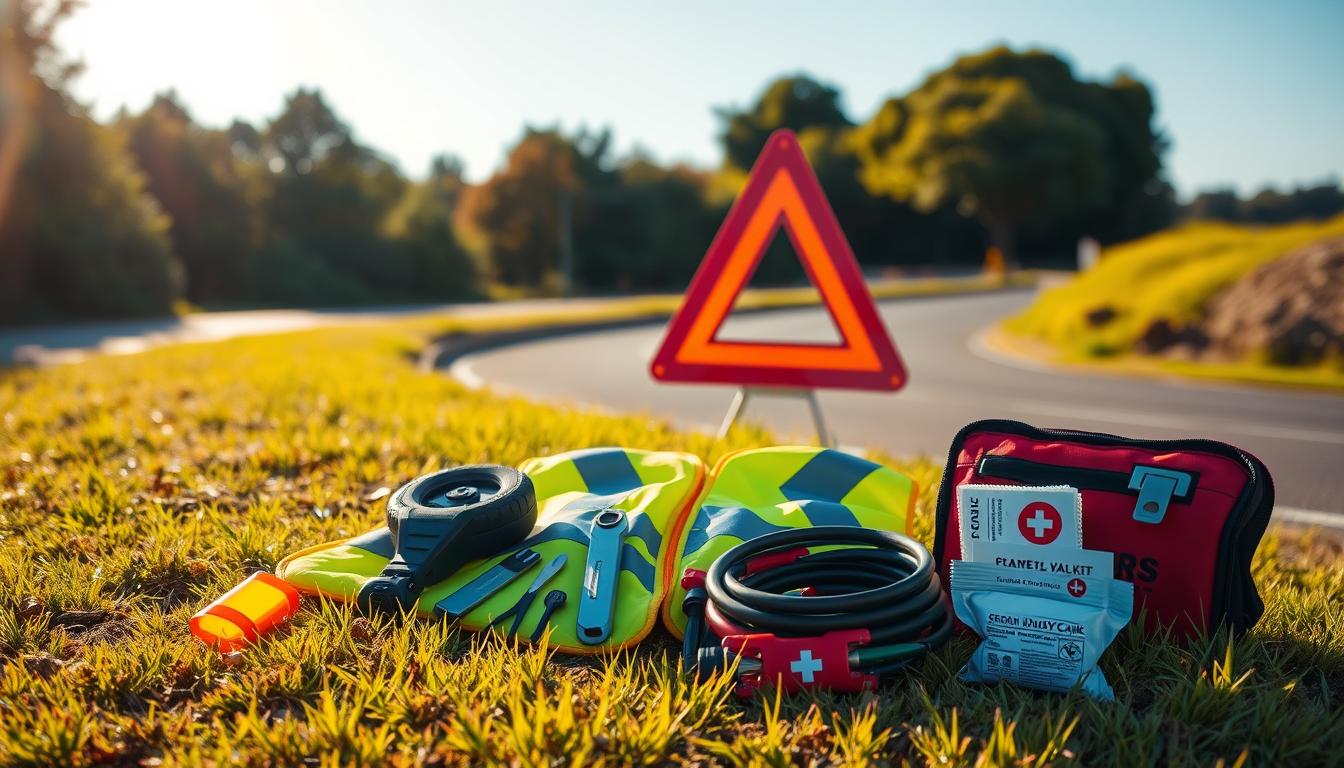Did you know that Toyota has sold over 50 million vehicles worldwide? This staggering number highlights the...
Blog
Did you know that 1 in 10 drivers faces tire or wheel damage from road hazards annually?...
Jeep owners dive deep, investing around $2,000 in aftermarket tires and wheels for off-road excellence. Drawing from...
Underinflated tires might lower your ride’s fuel economy by 3%. Knowing this shows how vital it is...
Discover the world of high-performance car tires for ultimate grip and speed. Explore top brands, features, and...
Buying car tires: One mistake 80% of drivers make when choosing. Discover the expert tips to avoid...
Upgrade your GMC with top-rated tires for sale at unbeatable prices. Shop our wide selection of GMC...
Discover the perfect tire size for your vehicle with our comprehensive tire size guide. Learn about tire...
Unlock the thrill of high-speed driving with our premium performance tires, engineered for superior grip, handling, and...
Discover the best all-season tires for superior traction and control in any weather condition. Stay safe on...

